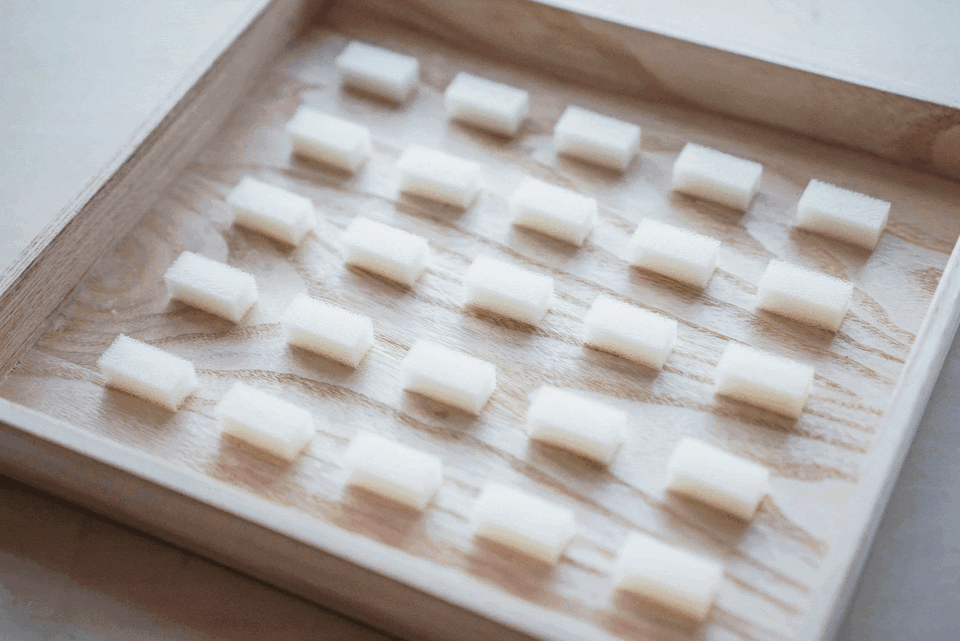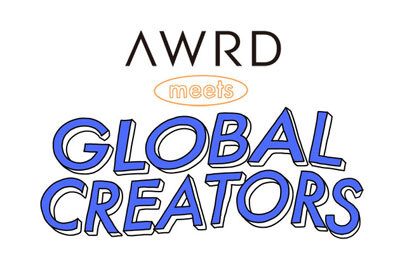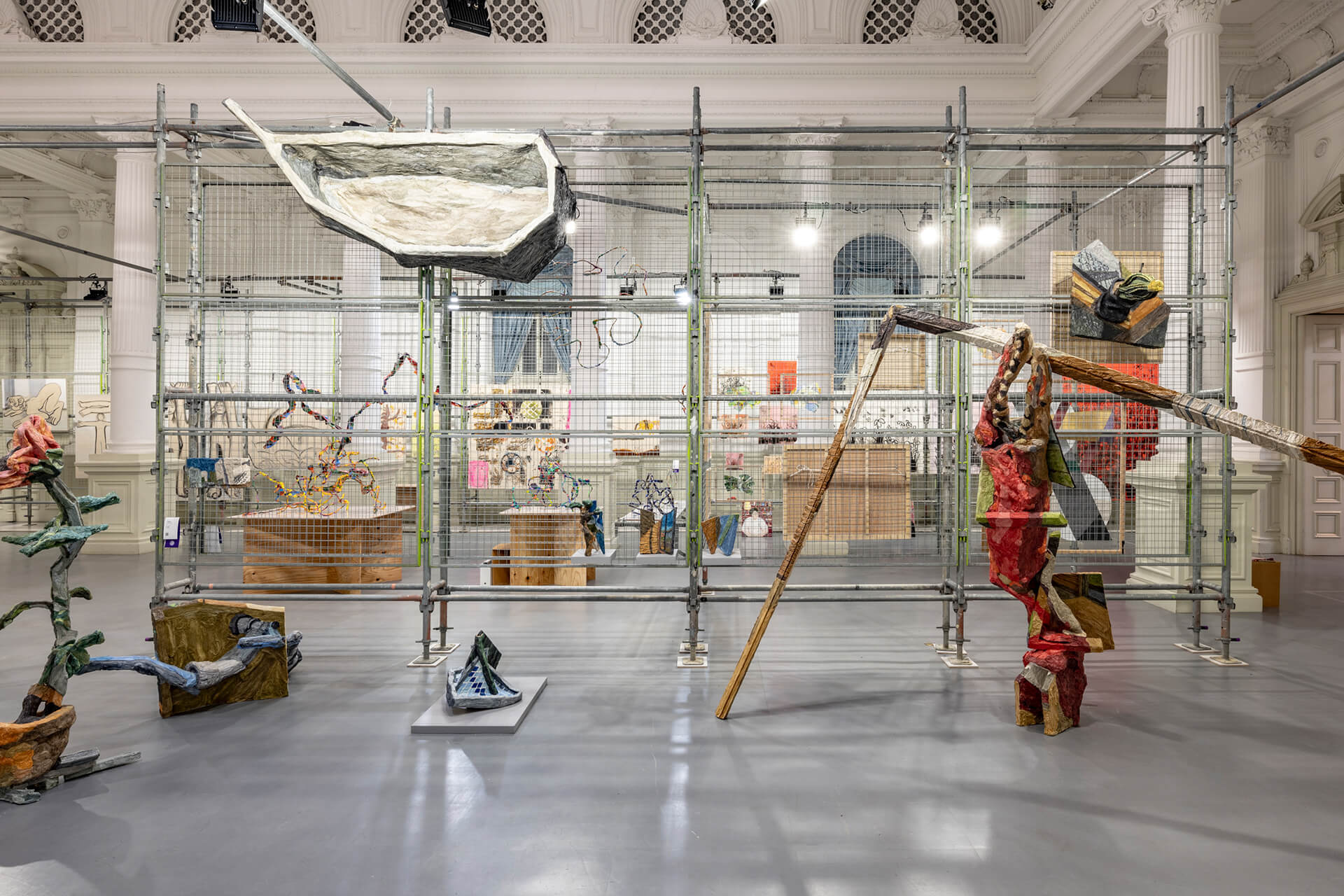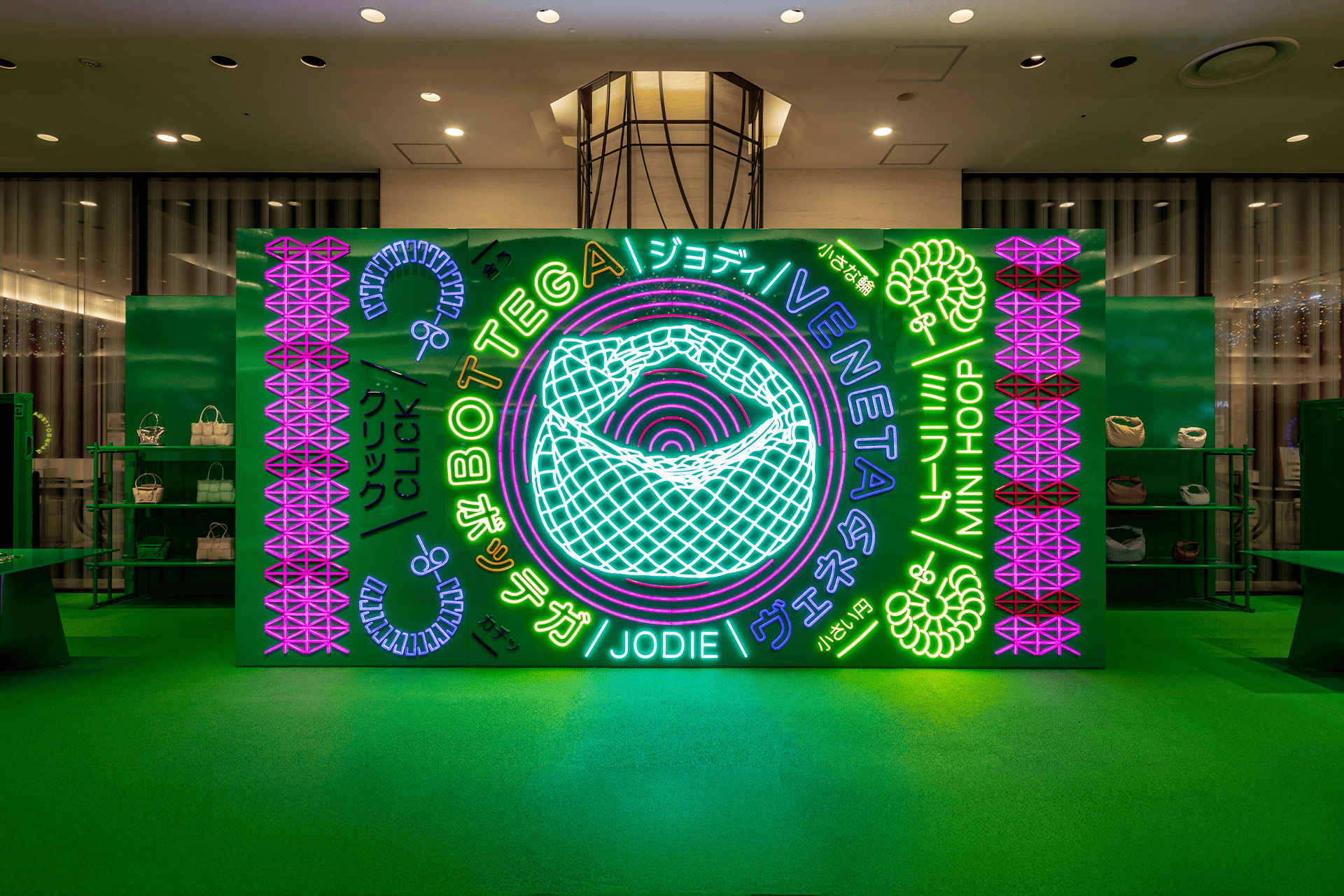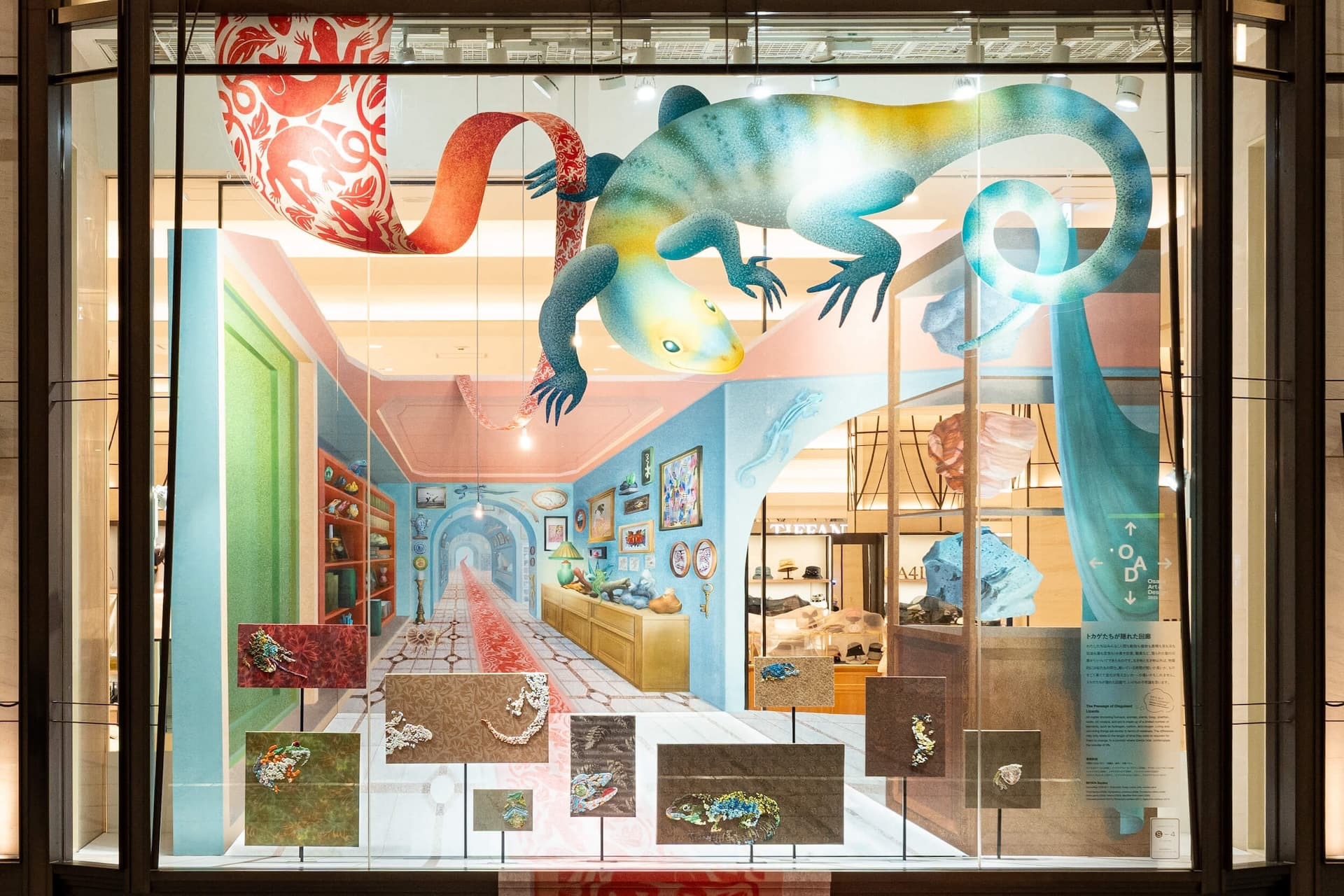AWRD meets GLOBAL CREATORS (#AMGC) is a new series by AWRD, the platform that connects creators with projects.
With the theme of “New Sensibilities,” this series shines a light on up-and-coming creators from around the world—designers, artists, and more—who are active across a variety of fields, exploring their creative processes and the cultures unique to their countries.
For the eighth installment, we feature Palab, a creative unit formed by Mr. Yamano and Mr. Nakazato, who approach scrap materials as if they were “materials from a parallel world,” using them to depict alternate realities.
Their work highlights overlooked and leftover materials from production processes, reimagining them through original approaches to unlock new possibilities. In doing so, they gently shift our perceptions of value.
We spoke with Palab, who continue to present unique perspectives across art, design, and spatial practices, about the inspirations behind their work and what drives their creative process.
— The two of you at Palab create various artworks and Experiential installations using scrap materials as your main medium. Could you tell us how you came to engage in this kind of work?
Our encounter with scrap materials began during our university years, when we visited the factory of NAKADAI Co. Ltd. a company in Gunma Prefecture that handles industrial waste disposal. In today’s world, where things are overabundant, we saw an incredible variety of unique scraps being discarded, and we felt their potential as materials.
These fragments—born without names or intent, emerging by chance—appeared to us as “materials from a parallel world,” existing outside the bounds of human intention. That’s what made them so compelling to us. Rather than thinking, “What a waste,” our reaction was more like, “Wouldn’t it be interesting if we could make something out of this?”
By the way, we intentionally write hazai (scrap) in katakana—ハザイ—instead of using the kanji 端材, to distinguish the kinds of materials we see potential in.
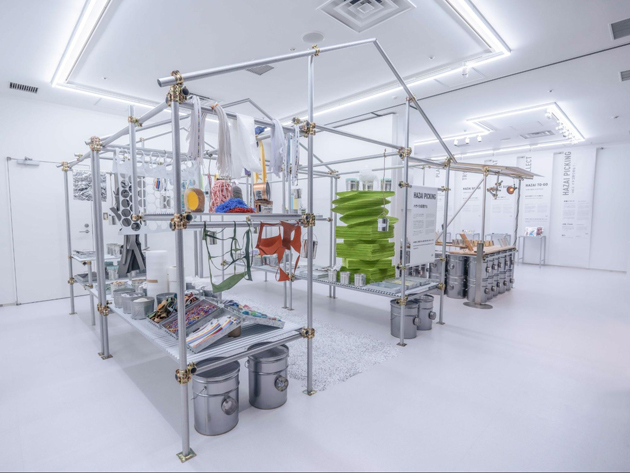
Immersive Installation: HAZAI PICKING – Vol.1 "Like Strawberry Picking" – 2023
— You’ve created memorable interactive works like HAZAI SUSHI and HAZAI PICKING – Vol.1 “Like Strawberry Picking”, which was also featured in the “Creative Discovery Challenge by NISSAN.” What motivates you to create immersive installations?
At Palab, our activities fall into two main categories. One is the creation of artworks where we explore and experimentally validate the potential of scrap materials (hazai) through our own thinking. The other is the production of immersive installations that convey the appeal of hazai to the public.
In the latter case, we believe that simply displaying scrap materials isn't enough to fully communicate their charm. That’s why we design immersive environments with curated themes that reflect our perspective—spaces that make it easier for participants to engage and become absorbed in the experience.
It's not about scrap being interesting because it was going to be thrown away, but rather about the feeling that scrap happened to be part of an interesting experience. That shift in perception is something we really value.
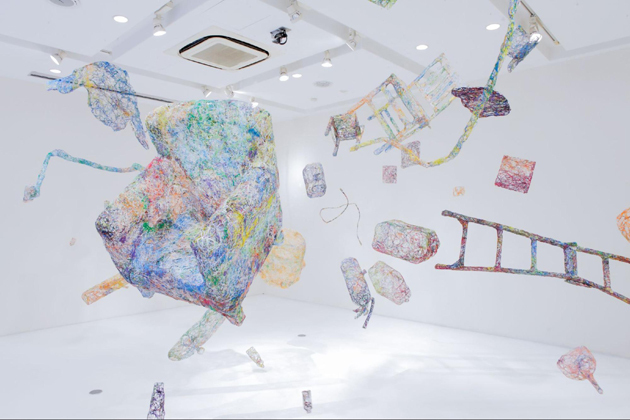
An experimental work exploring the potential of LAN cable scrap: Parallel Sketch – 2013
— You’ve created works using a variety of scrap materials, including glass, cables, and wood. How do you come across these materials?
Our studio is based in Kiyosumi-Shirakawa, Koto Ward, Tokyo. In Koto Ward, there’s an initiative called the Koto Brand, which focuses on branding local factories. Through our connection with Smiles Co., Ltd. the company that oversees this initiative, we’ve been introduced to certified businesses and receive scrap materials from various companies.
We’re also sometimes approached through renovation projects for accommodations, and more recently, collaborations have emerged through people who discovered our work via the web, social media, or exhibitions.
The truth is, collecting hazai isn’t easy—these materials often carry proprietary technologies or information, so many companies are reluctant to share them with just anyone. That’s why how we collect materials is a key part of our practice. As a result, the scraps we gather tend to be quite unique—things you wouldn’t normally encounter in daily life.
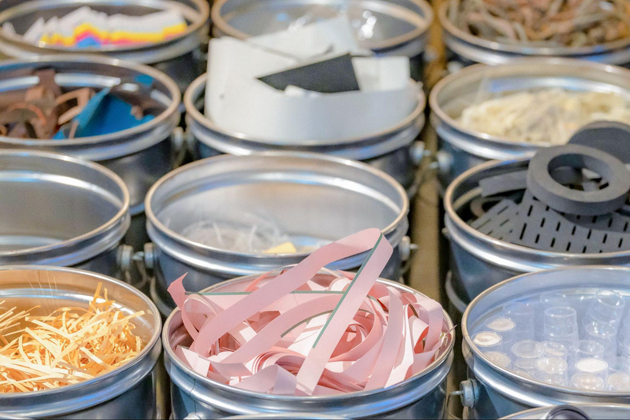
— The hazai that you view as “materials from a parallel world” often have unexpected shapes and textures, yet the output seems to end up being something familiar to everyone. What do you focus on during the creative process to achieve this shift in perspective?
One thing we focus on during the creative process is not overworking the hazai. We feel that scrap materials inherently possess an accidental charm, and our goal is to bring out the aspects of that charm that resonate with us. Many scrap materials also have interesting tactile qualities, so for immersive works, we’re conscious of creating moments that invite people to touch them.
What we think of as a "parallel world" is a place that exists alongside reality but slightly shifted—another version of the world. By building on themes or motifs that people may have already experienced or seen, and then introducing hazai into that space, we create an element of surprise (or "noise"). This surprise stimulates people's curiosity, encouraging them to want to participate. Ultimately, we believe that this leads to more people learning about hazai and what they can represent.
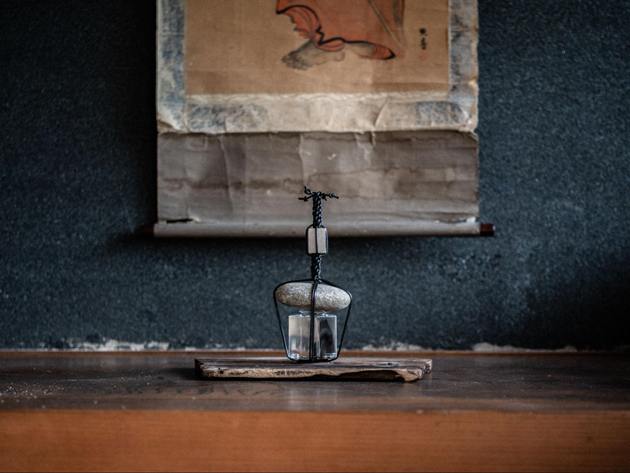
An artwork inspired by the kanemori-ishi (boundary stones) used to indicate restricted areas in gardens: HAZAI KNOT – 2024
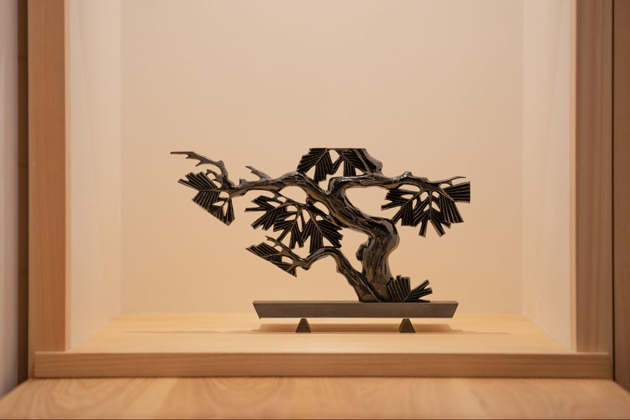
An artwork that cuts out a transom and reimagines it as a bonsai: Ranmatsu – 2023
— What activities are carried out at “HAZAI BASE,” the creative hub for Palab?
HAZAI BASE, located in Kiyosumi-Shirakawa, is Palab’s atelier where we primarily create our works. However, when inquiries come in, we sometimes offer tours, and it also functions as a showroom for hazai and work samples. Additionally, we host networking events for people from local factories. Recently, we’ve also been holding seminars on how to utilize hazai, making it a small yet versatile space. In the future, we’re considering opening it up to the public, with the hope of offering more opportunities for people to experience hazai hands-on. If you're interested, please feel free to get in touch!
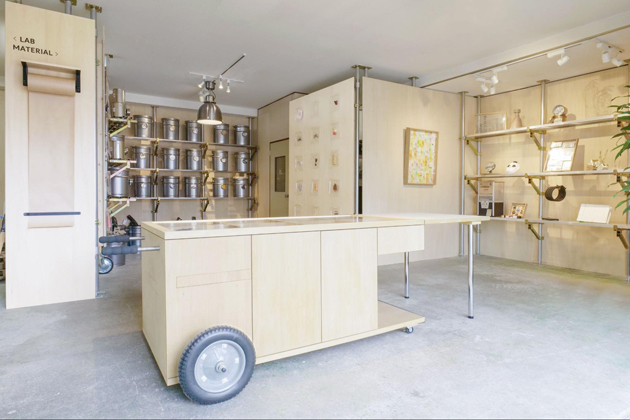
— Are there any recommended spots in Kiyosumi-Shirakawa, where Palab is based, for finding creative inspiration?
The Kiyosumi-Shirakawa and Fukagawa areas, including The Museum of Contemporary Art Tokyo, are home to an increasing number of small, unique shops. Simply walking around the neighborhood without a specific goal can lead to many interesting encounters. It’s a place where traditional downtown culture and contemporary sensibilities coexist, so I would definitely recommend it to those who haven’t visited yet. Just a 3-minute walk from our atelier, Tokiwayu, a public bath with over 80 years of history, was fully renovated in March 2023 and is now a symbol of the area. By the way, we’ve also worked on creating items for Tokiwayu, and it’s one of our local collaborators.
— What do you consider important when engaging in expressive activities?
It’s simply the feeling of finding something interesting. While we do consider meaning, significance, and context in our expressive activities, we focus on creating outputs that spark pure curiosity, like thinking, “Hmm, that’s interesting” or “What is this?” when people first encounter it. When we think about the feelings of the viewer or participant, if they’re interested, it will trigger a desire to learn more deeply. However, if they don’t find the initial encounter engaging, there’s a chance that the message we want to convey won’t be received. Moving forward, we hope to share the intriguing aspects of hazai with as many people as possible.
— Are there any challenges or projects you’re looking forward to in the future?
In 2025, we have two exhibitions in May. Both will feature an immersive installation of Rotating Hazai Sushi. The first will be at TORANOMON HILLS Golden Week Special Event – PLAY PARK during the Golden Week on May 3rd and 4th, where we’ll be exhibiting on the 2nd floor of the Station Tower. The second exhibition will be from May 16th to 18th at the Tokyo Delicious Museum, where we will be featured as a sushi shop that doesn’t serve edible sushi as part of a food event. We share exhibition updates and activity records primarily on Instagram, so if anyone is interested, we’d be happy to see you there!
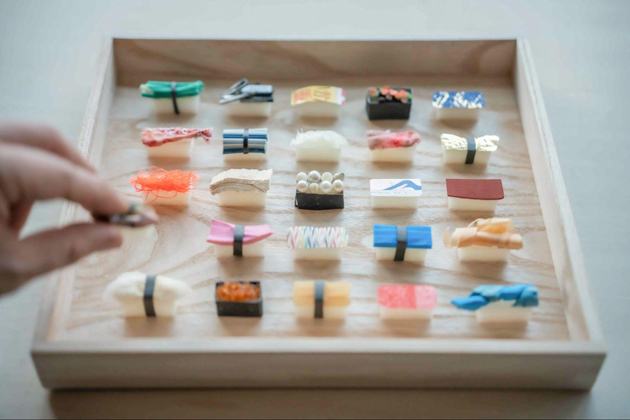
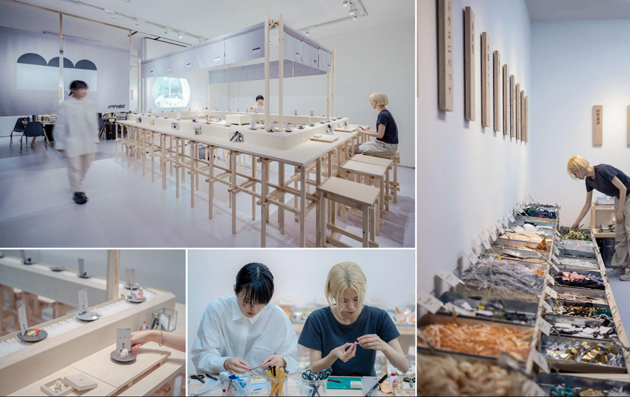
Rotating HAZAI SUSHI- Venue Concept
Palab
We are a creative unit that collects unintentionally and serendipitously created “HAZAI,” such as industrial waste. Treating these materials as if they were from a parallel world, we use them to depict the worlds that emerge from them, much like a lab.
We often use discarded materials, such as factory scraps and overlooked elements from the urban environment, known as “urban remnants,” to create artworks.
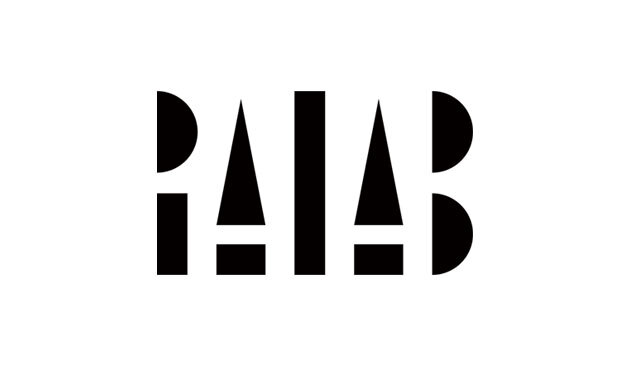
Profile:
Takatoshi Yamano
Born in 1989, graduated from the Department of Environmental Design at Tama Art University.
Yosuke Nakazato
Born in 1987, completed the Master's program in Advanced Interdisciplinary Arts at the Graduate School of Fine Arts, Tokyo University of the Arts.
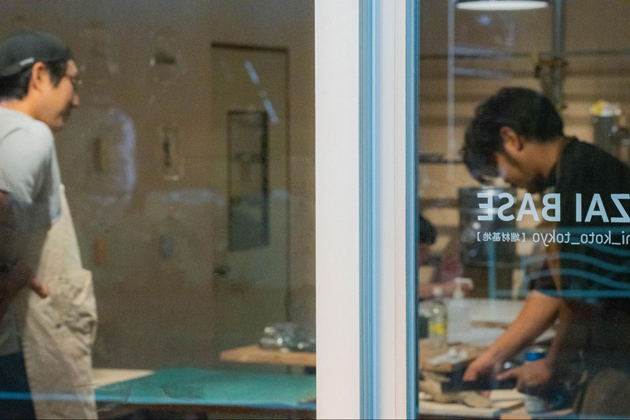
Links
Instagram:https://www.instagram.com/palab_official/
Website:https://palab.art/
Editor: AWRD Editorial Team
